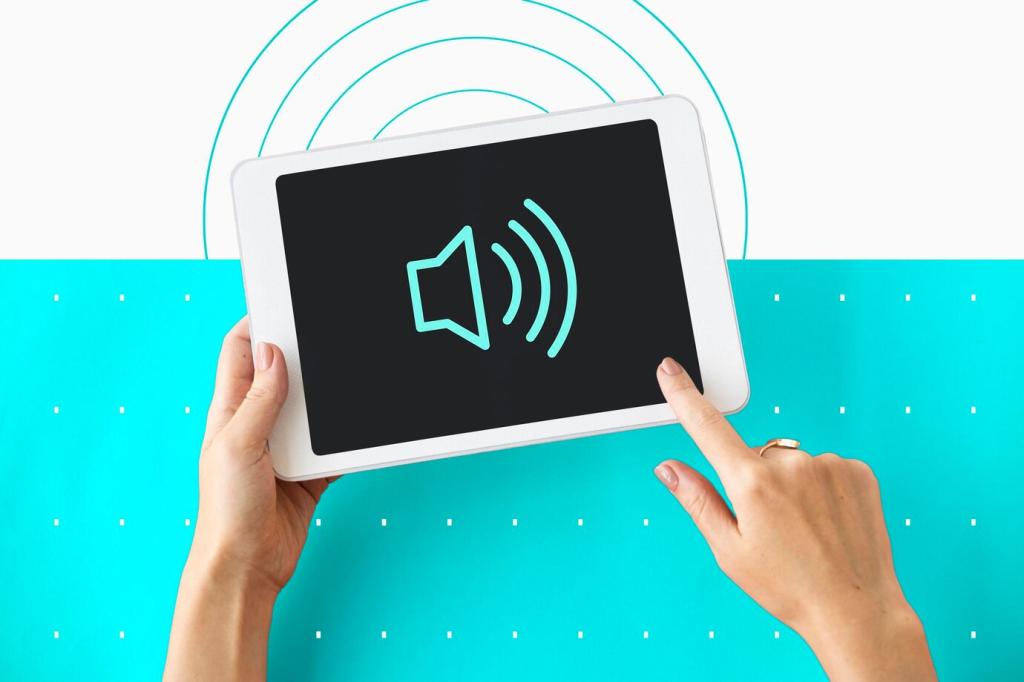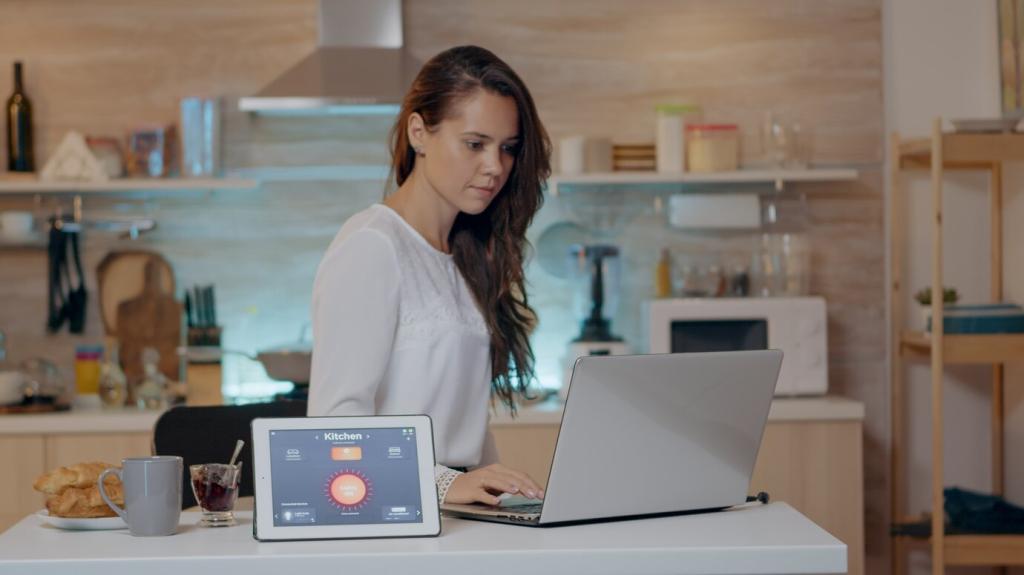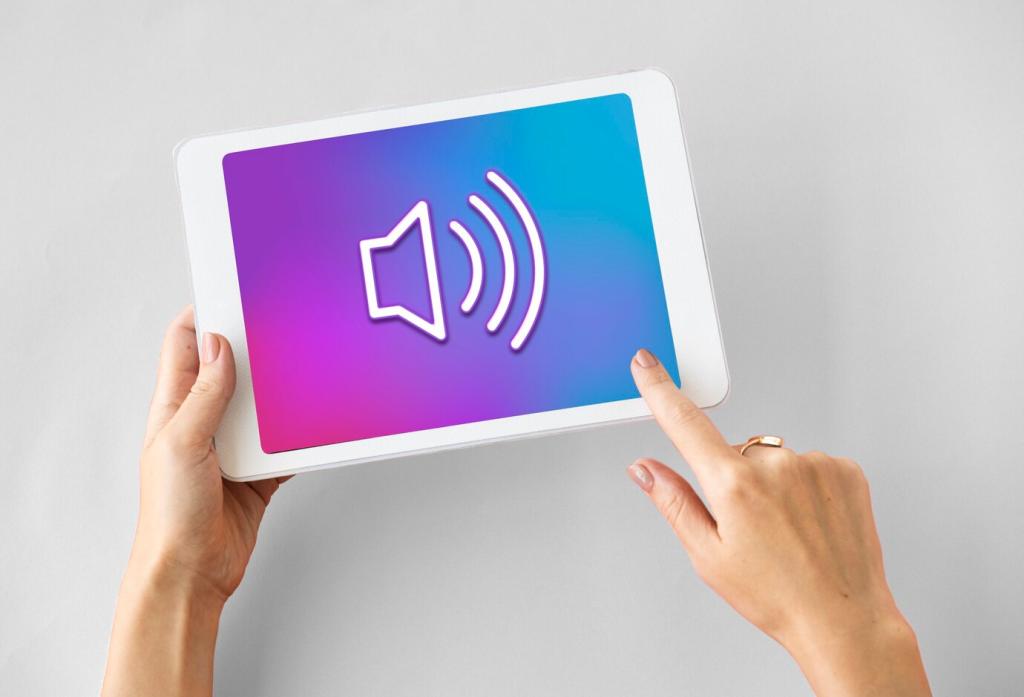Designing for Everyone
Future assistants will better recognize regional speech, code‑switching, and bilingual commands in the same household. Feedback loops can improve accuracy without storing raw audio. Which languages or dialects should we test next to make voice control feel universally welcoming?
Designing for Everyone
Voice can enable safer living through simple requests for lights, doors, reminders, and help. Fail‑gracefully designs ensure physical controls always work. Share stories of small voice features that delivered big dignity for elders or anyone recovering from injury.
Designing for Everyone
Routines will be editable in everyday words, not programming syntax. Assistants can summarize rules and show examples so families understand and trust them. Would you try a feature that explains your most complex routine step by step in plain language?
Designing for Everyone
Lorem ipsum dolor sit amet, consectetur adipiscing elit. Ut elit tellus, luctus nec ullamcorper mattis, pulvinar dapibus leo.



